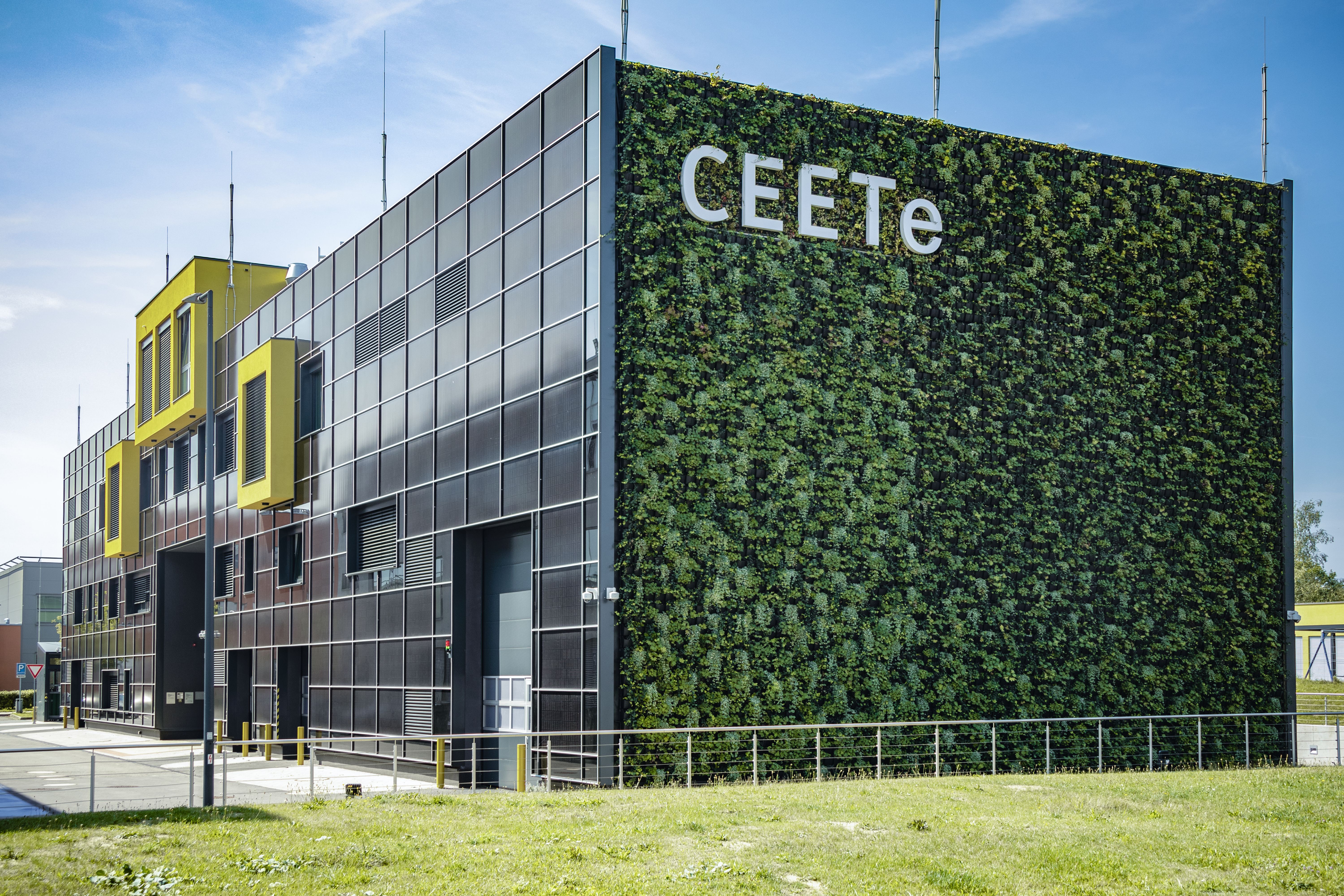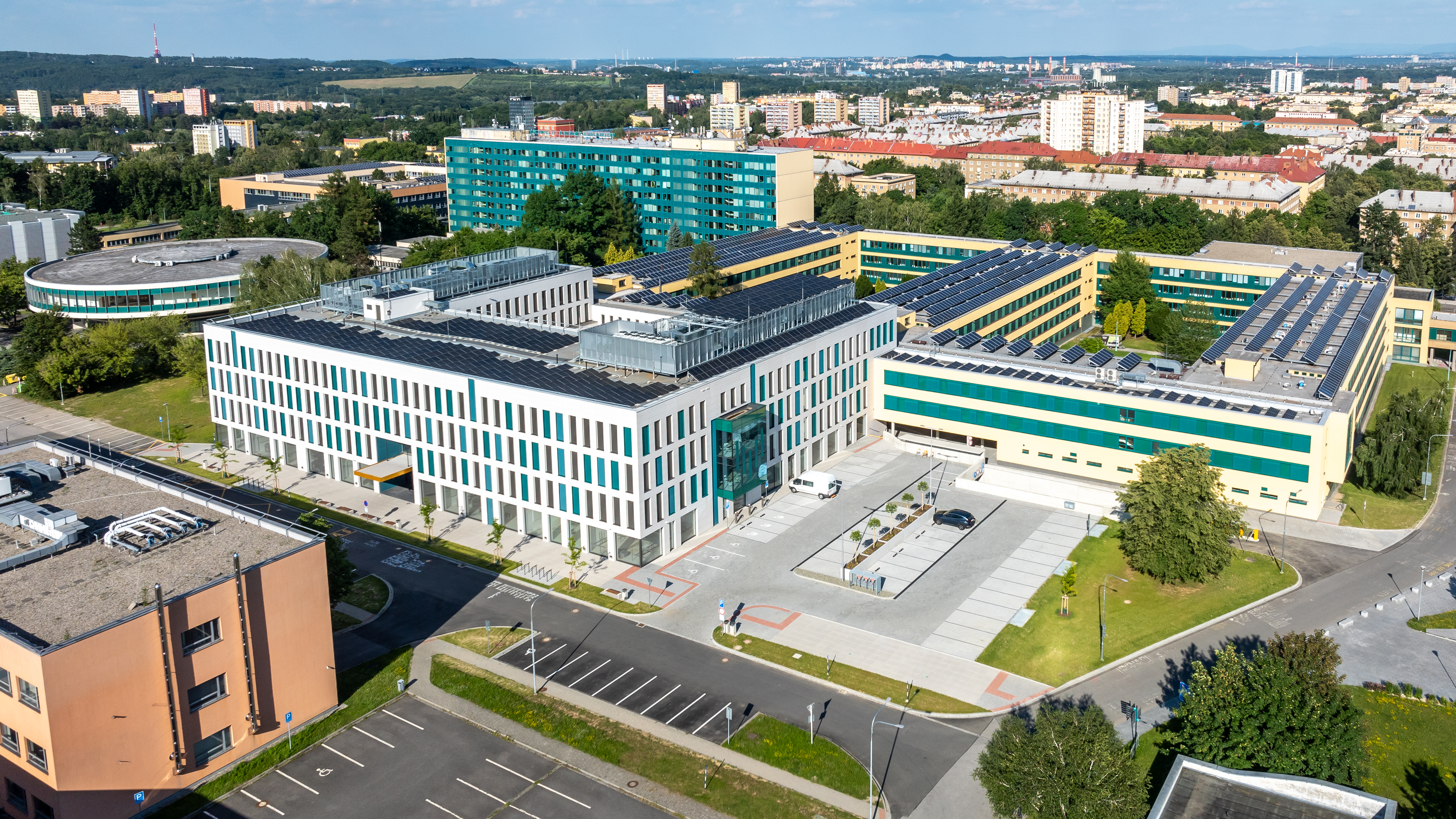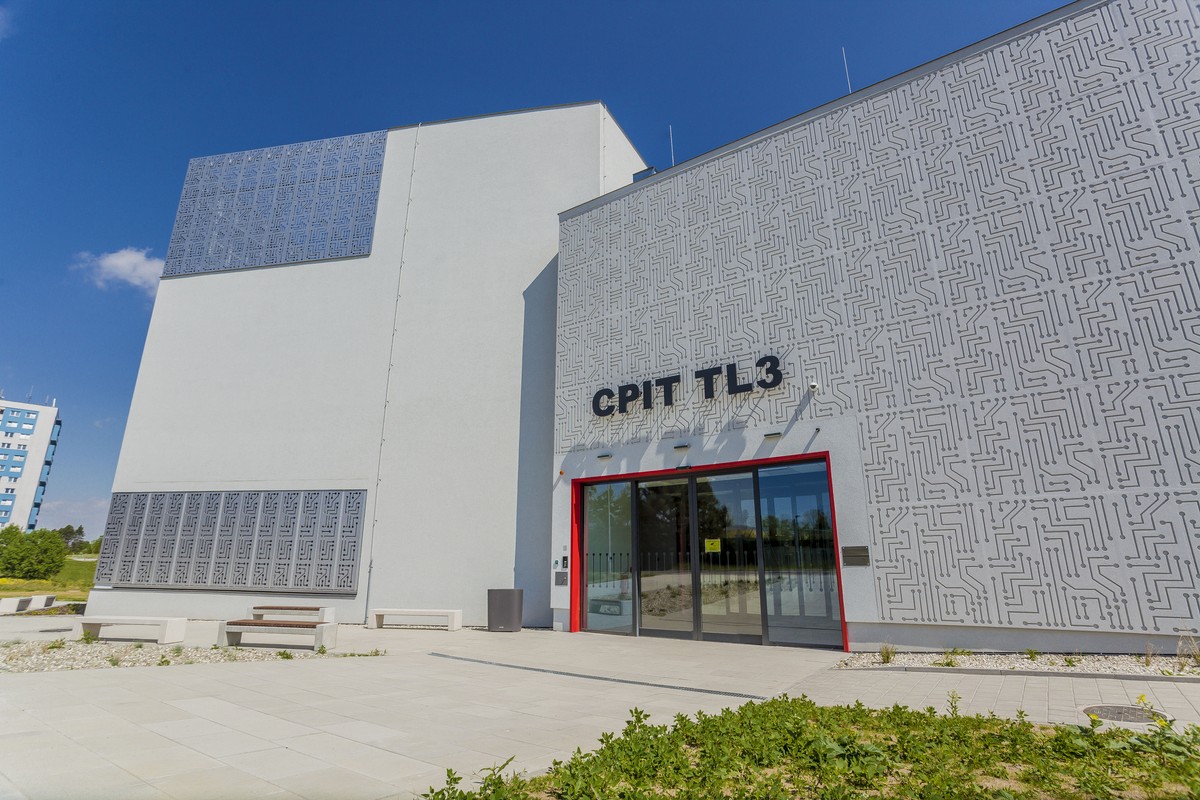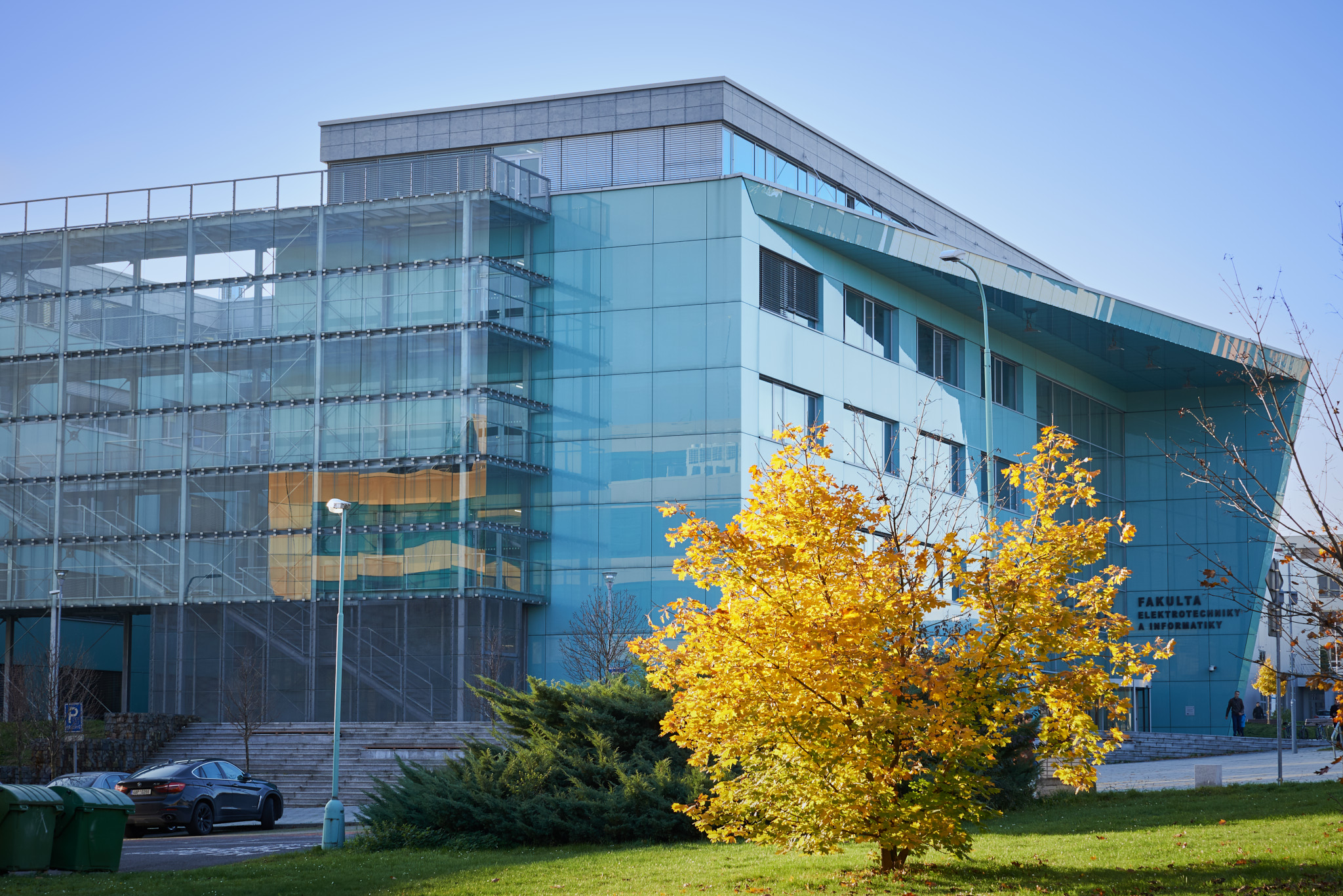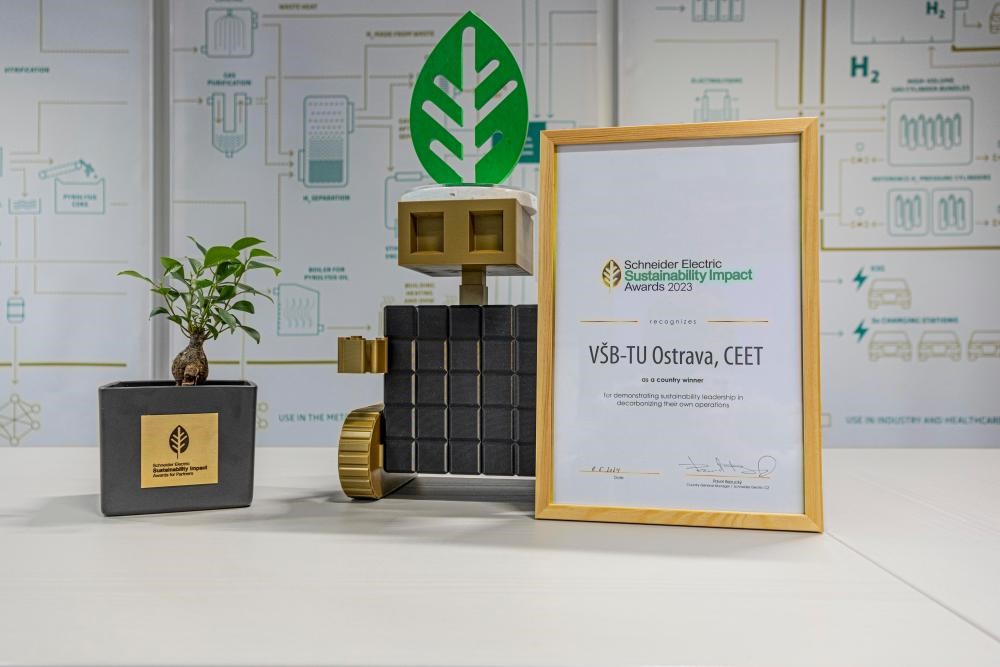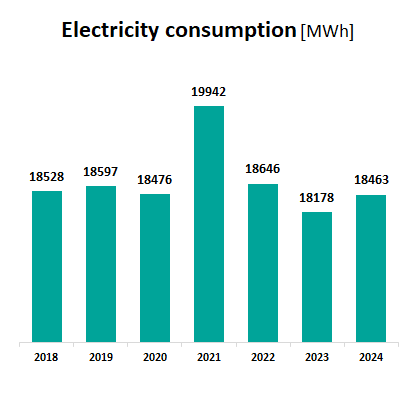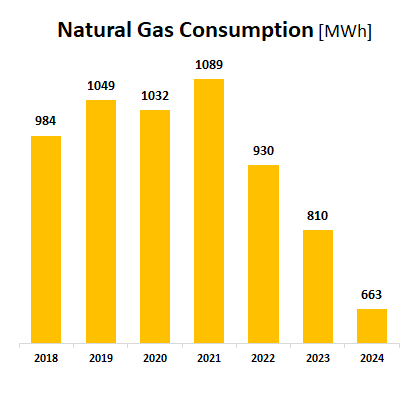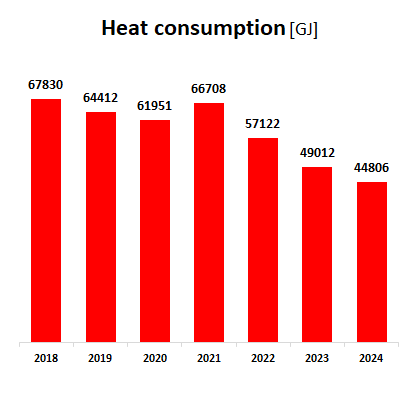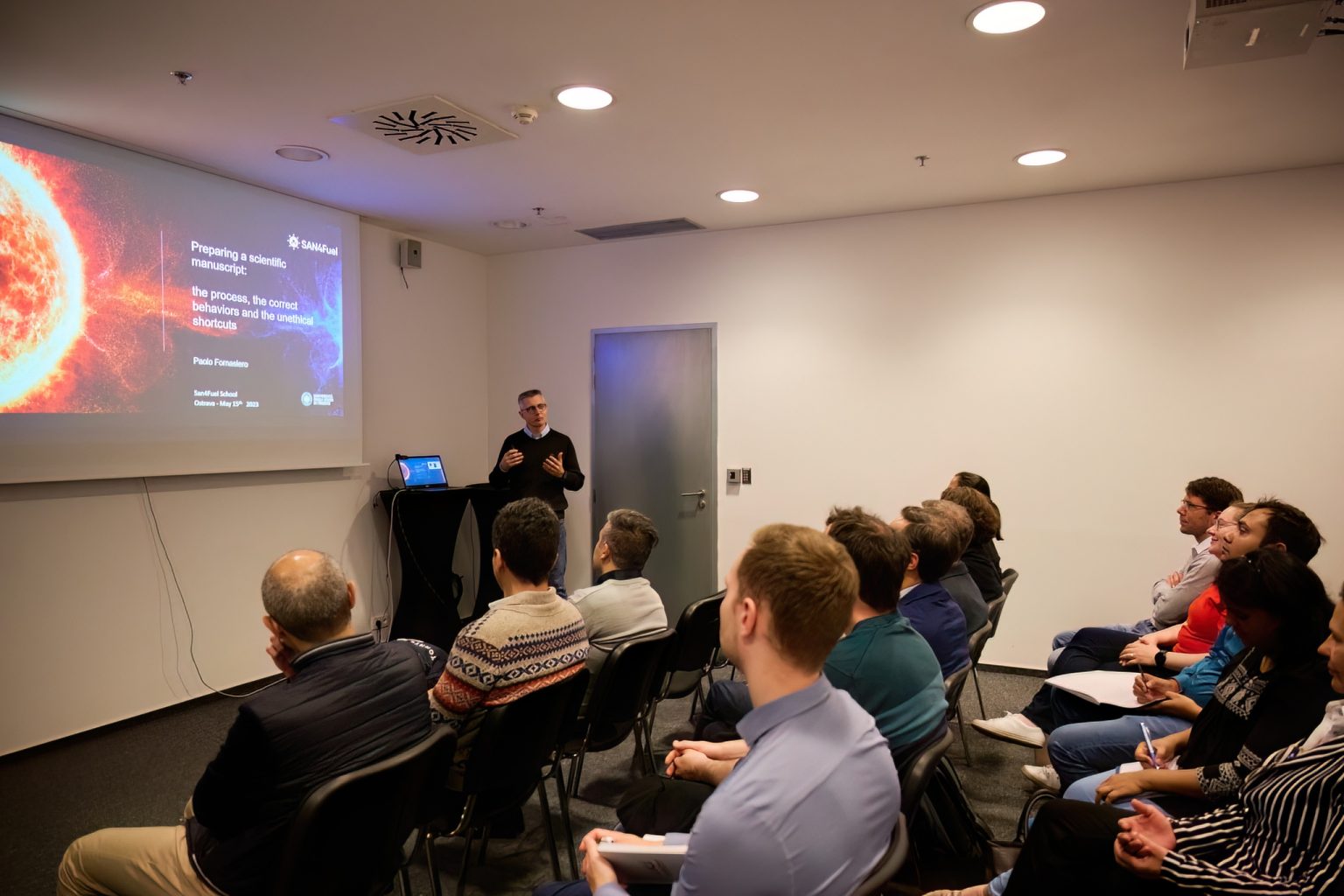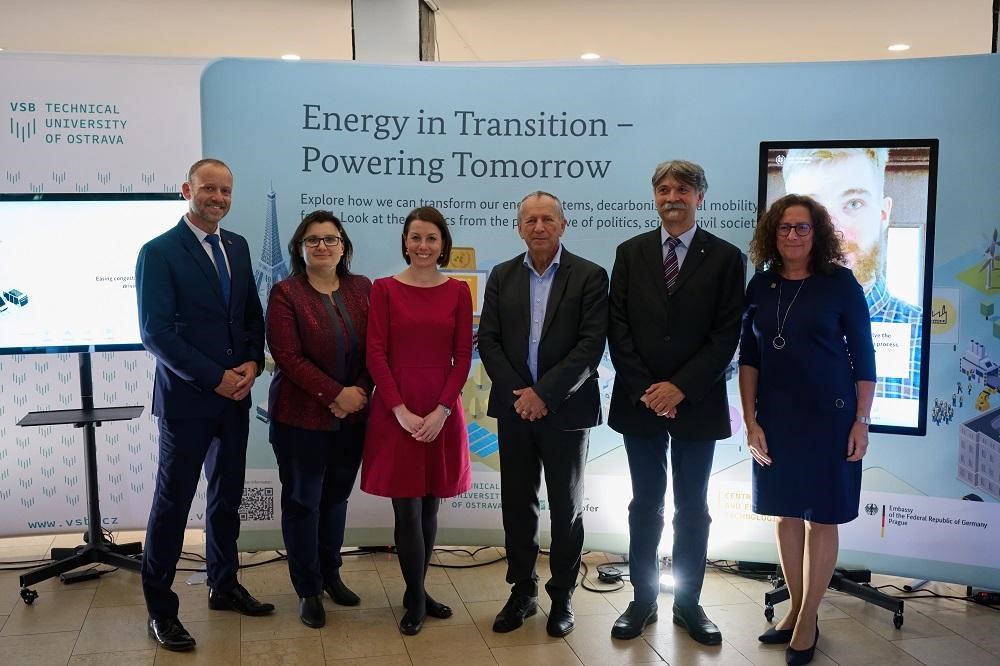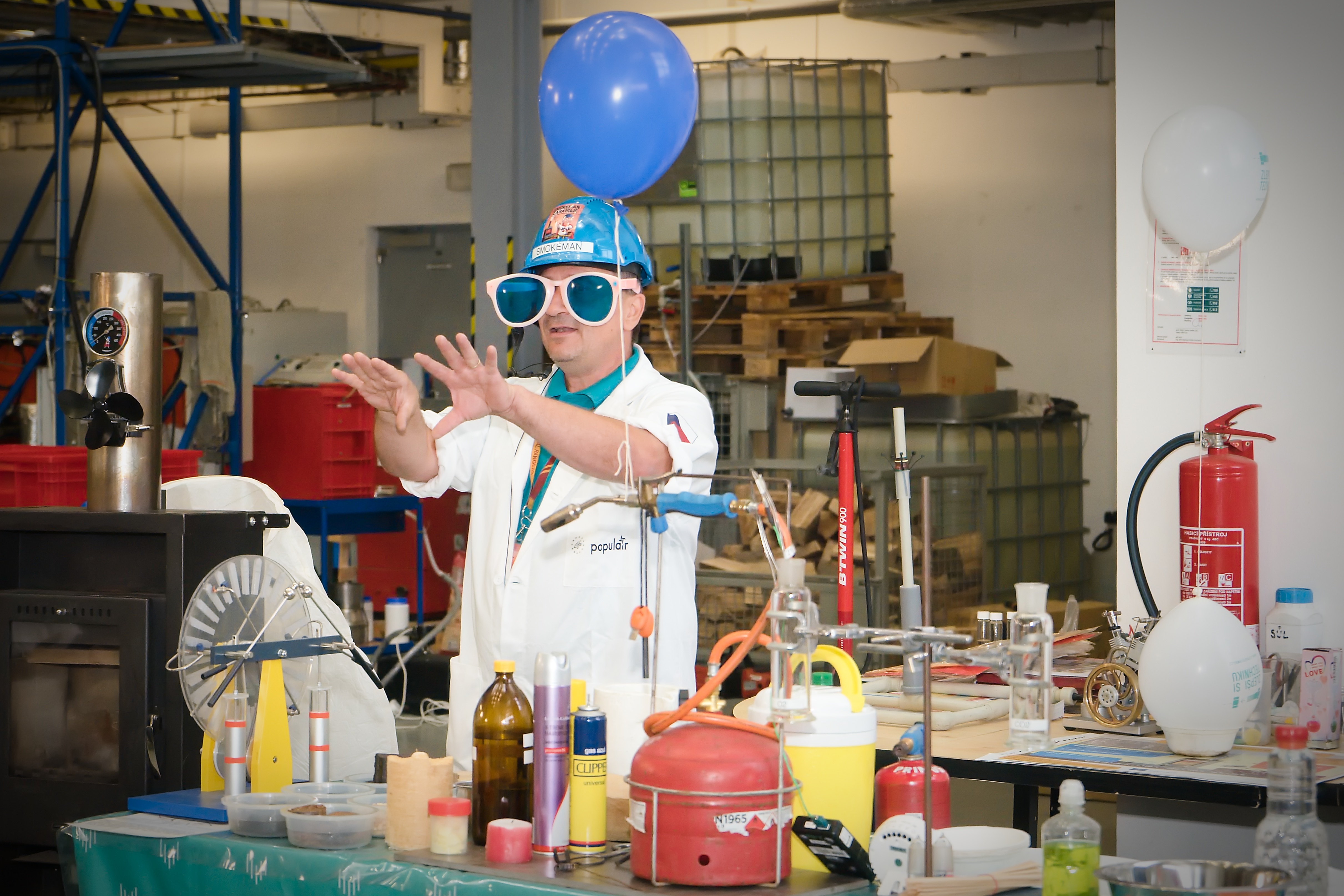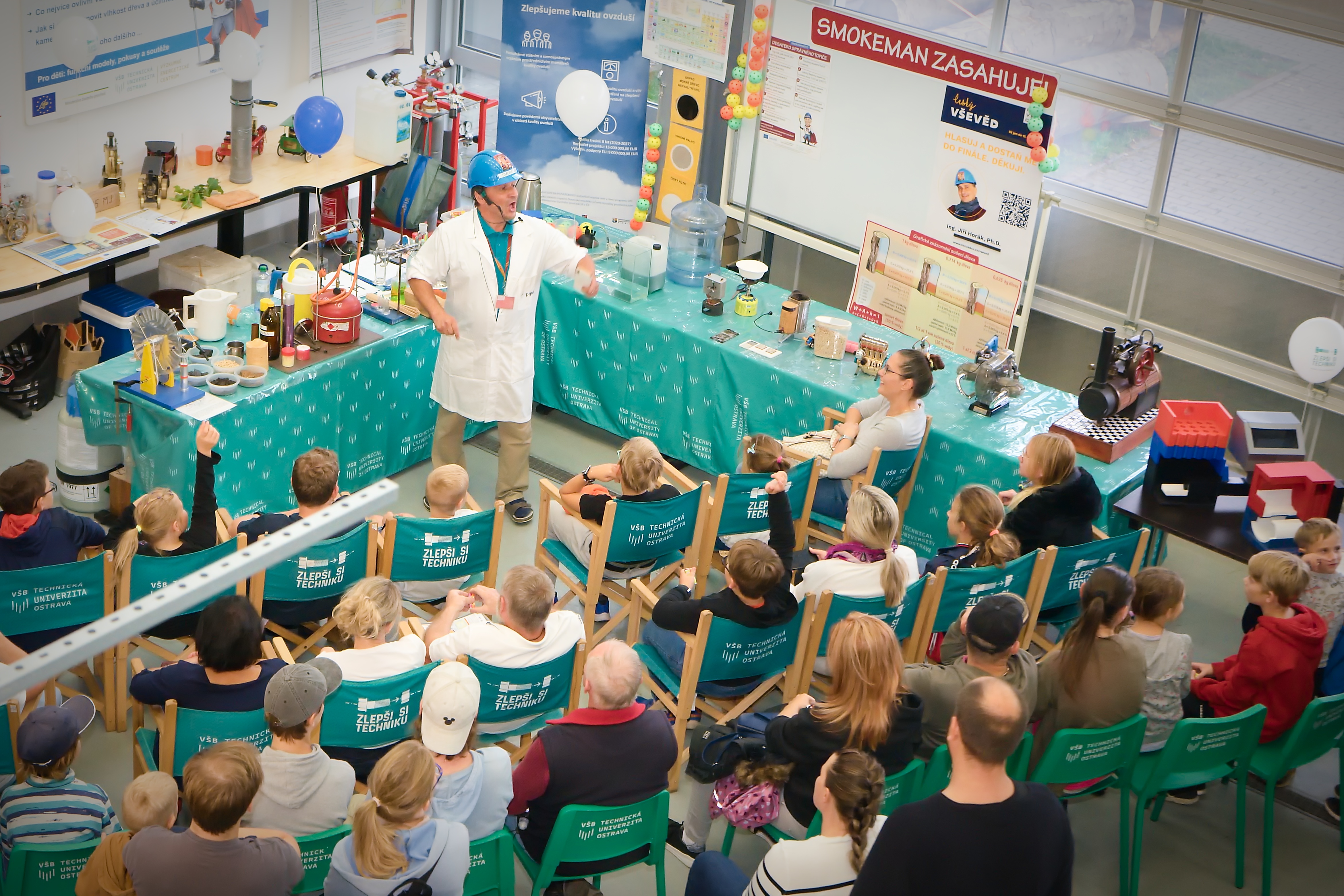7.2.2. Upgrade buildings to higher energy efficiency
VSB - Technical University of Ostrava is actively working to reduce the environmental impact of its operations across all buildings, with specific plans to upgrade existing buildings for higher energy efficiency. Individual operational targets for these upgrades are proposed by the Energy Committee, appointed by the Rector.
Measures being implemented include installing heat pumps powered by deep boreholes, enhancing insulation and cladding, conducting energy performance testing, constructing photovoltaic plants on campus roofs, reconstructing heat exchanger stations, and installing LED lighting both indoors and on outdoor masts. These upgrades are part of the University’s ongoing commitment to sustainability and energy efficiency, integrating renewable energy sources and advanced sustainable technologies, many of which were developed or tested at the University’s research centers.
VSB-TUO is committed to improving energy management, continuing energy savings, and contributing to the development of the 'SMARt And Green District' (SMARAGD) in the Moravian-Silesian Region. These efforts align with the Strategic Plan of VSB-TUO 2021-2027, which outlines sustainability as key objectives.
Operational Objective C 5.3 Support of the sustainable development of the University
VSB-TUO takes responsibility for the environment, and will strive to make its activities permanently environmentally sustainable. Development of a so-called Smart Campus will allow us to focus on the efficient use of existing resources and the search for new ones, reducing energy consumption, eliminating environmental burden, optimizing
transportation, parking, lighting, waste management, etc.
The University campus is interconnected with underground tanks capable of holding up to 234 m³ of rainwater, which is subsequently used for sanitary purposes and irrigation of greenery. As the only university in the Czech Republic, VSB–TUO operates a testing station for hydrogen production, filling, and storage—a key step toward the implementation of this technology, which supports the decarbonisation strategy at the Moravian-Silesian Region level. At the same time, an application was submitted last year for further expansion of the existing photovoltaic power plants on the campus of VSB-TUO. A techno-economic study was prepared, based on which a strategic project was developed, proposing a photovoltaic power plant with a total installed capacity of 473 kWp. To balance the energy flow on the campus, a battery storage system with a capacity of 480 kWh is proposed. The project will be implemented using the "Design and Build" method.
Operational Objective C 5.5 Support for the modernisation and attractiveness of the campus
Development of the infrastructure is based on the University’s vision as a “unique, living laboratory with high-profile and internationally recognized research that addresses the future challenges of society in real time.” The goal is to create a campus that inspires students and employees, is open to science and internationalisation, and accelerates co-operation with the application sphere. The investment strategy focuses on restoration and modernization of buildings and increasing the attractiveness of the campus that forms the core of the emerging „SMARt And Green Districtu“ (SMARAGD) of the Moravian-Silesian Region.
The University has also expanded its ecological initiatives with a plan to establish flower meadows covering an area of 6,000 m², complementing 30,000 m² of green spaces and a vertical garden spanning 193 m².
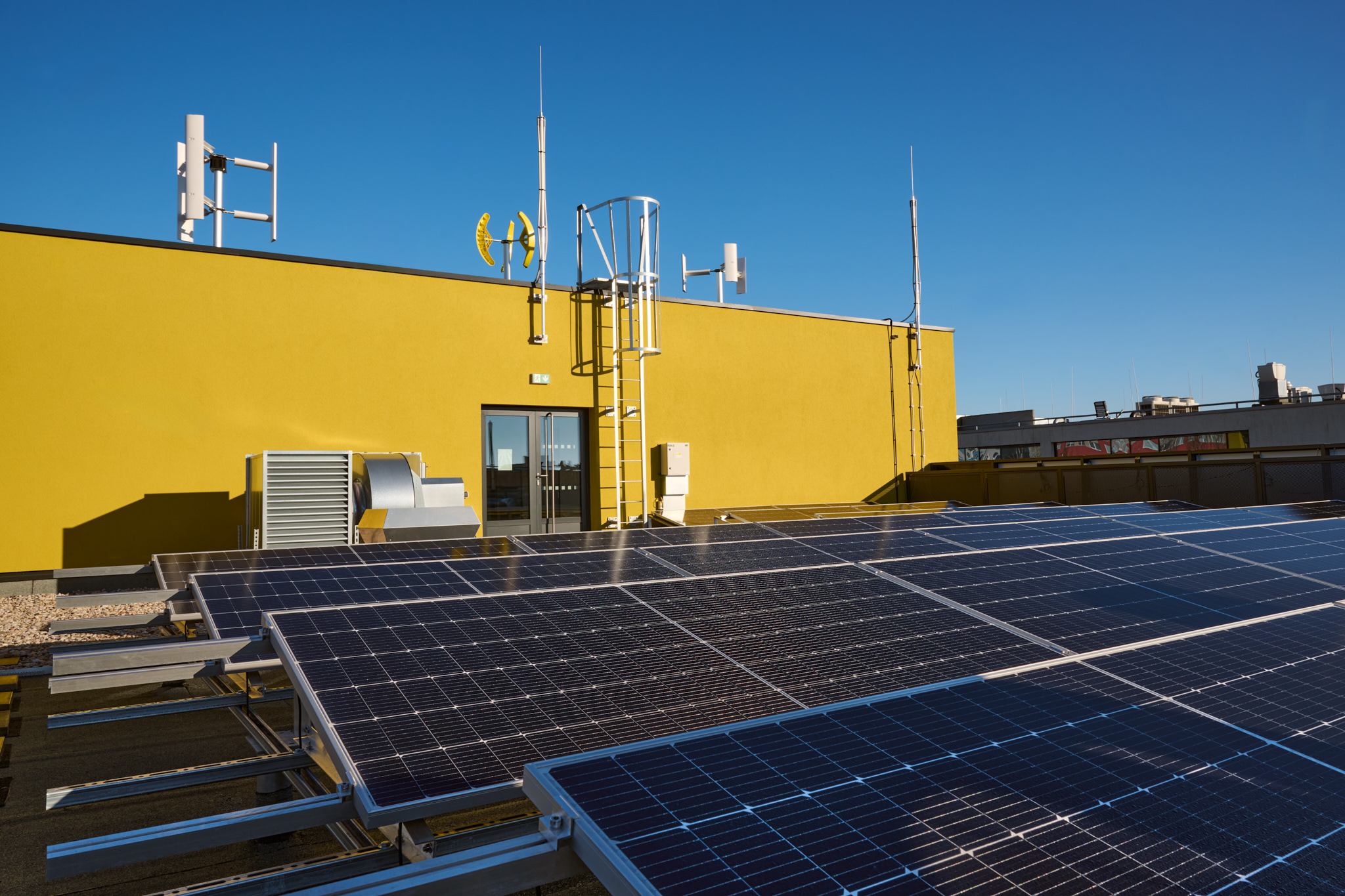
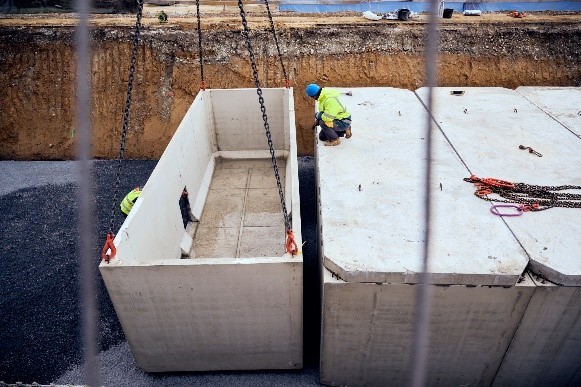
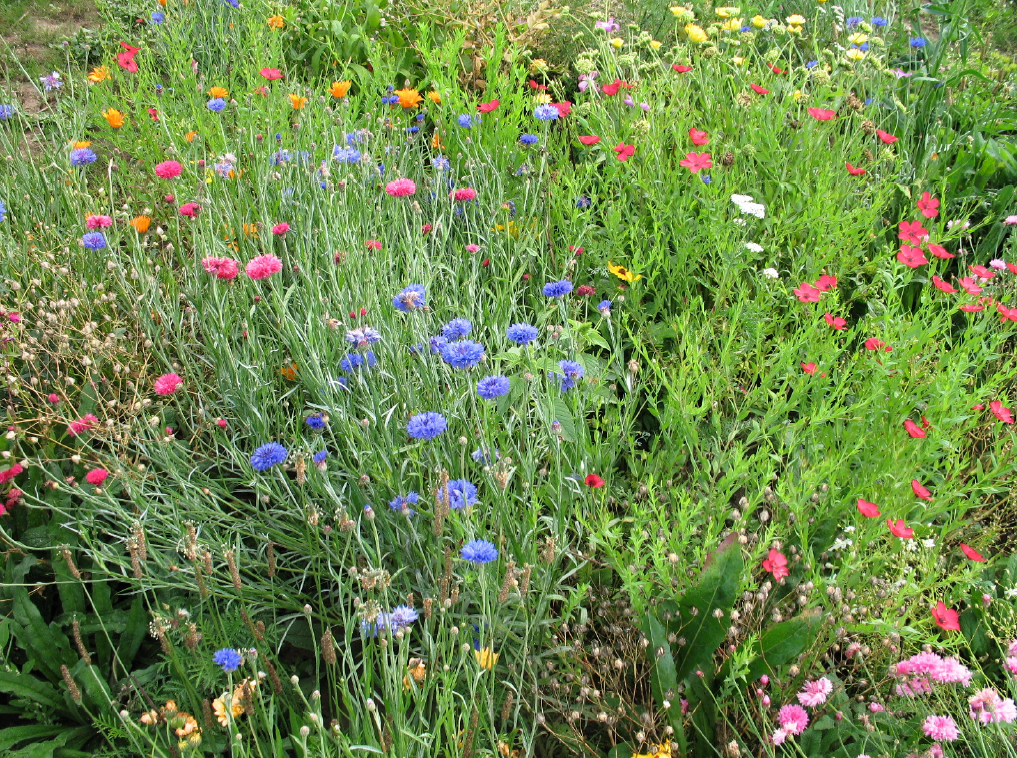
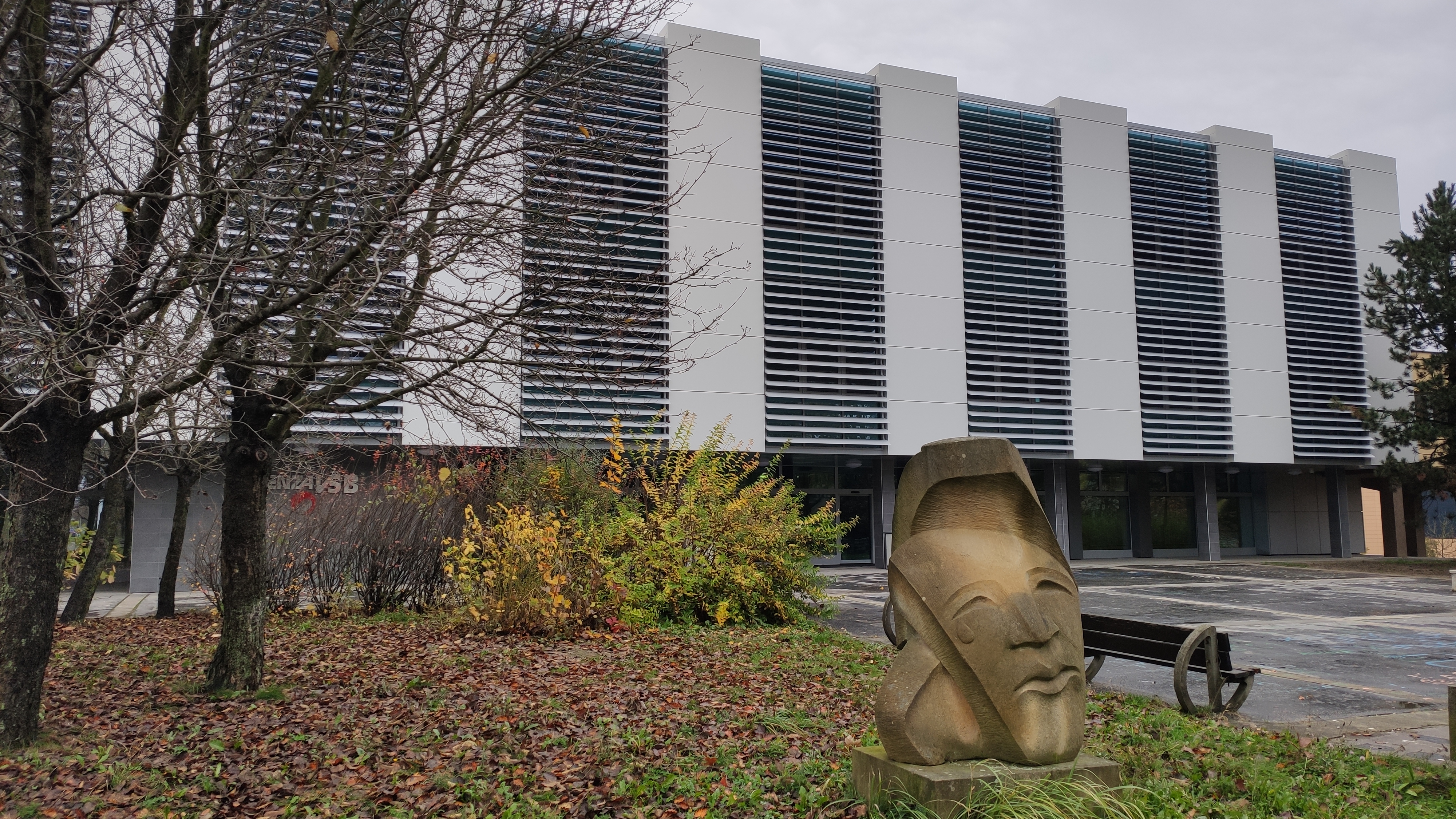
Strategic plan of VSB-TUO 2021-2027
Social responsibility
Governmental Regulation-Energy performance of buildings
